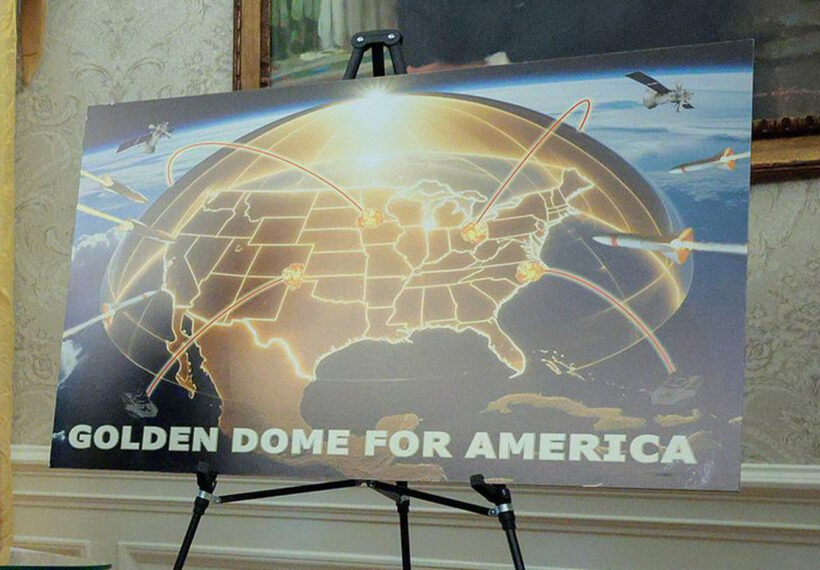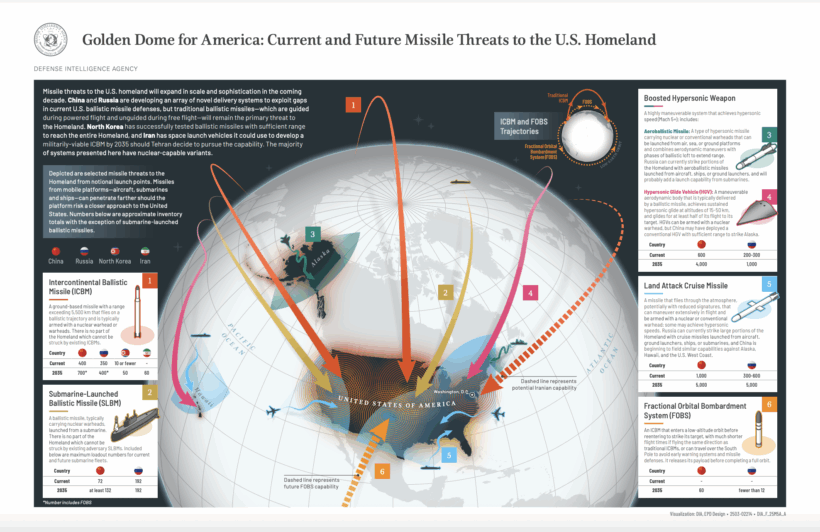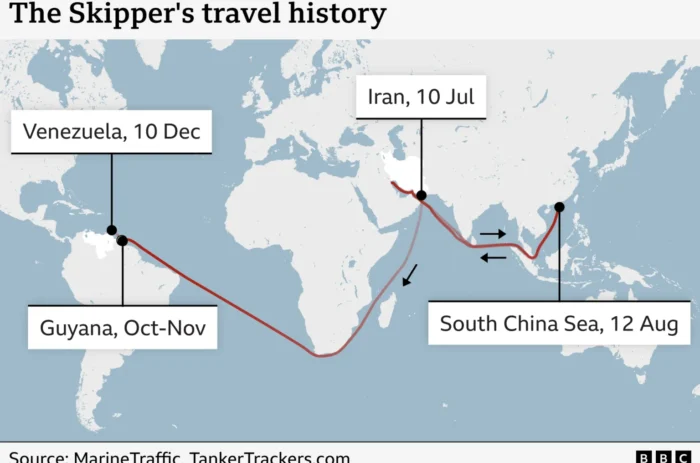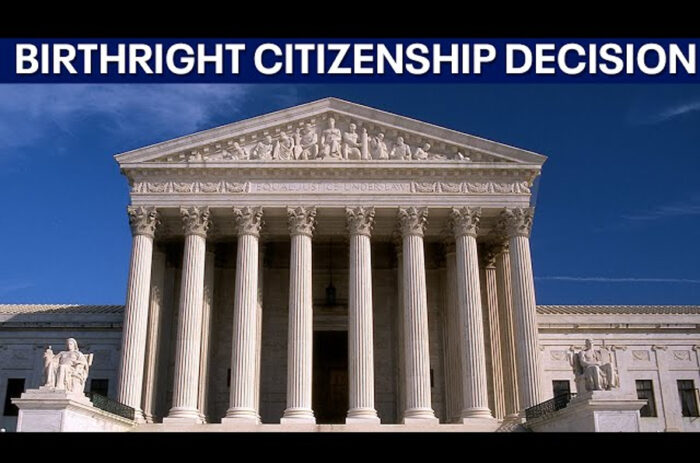
redo Jump to...
print Print...
The “Golden Dome for America”
- The Golden Dome is a proposed next-generation missile defense shield aimed at protecting the United States from incoming missile threats, including ballistic, hypersonic, and cruise missiles. It’s a layered system that will use a combination of sensors, interceptors, and command and control technologies to detect, track, and defeat threats. The system will likely include space-based sensors and interceptors to provide comprehensive protection.
- Initially called “Iron Dome for America,” it was renamed to avoid confusion with Israel’s Iron Dome (which stops short-range rockets). Unlike Israel’s system, Golden Dome aims to protect the entire U.S. from advanced, long-range threats.
- Israel’s Iron Dome covers a small area with a 90% success rate against rockets. Golden Dome is far more ambitious, needing hundreds of satellites and ground systems to counter hypersonic and nuclear threats across a continent. It’s a massive leap in scale and complexity.
- The U.S. Space Force is expected to play a key role in the development and deployment of the Golden Dome, given its reliance on space technologies.
(by Kathryn Watson and Eleanor Watson, CBS News) Washington, D.C. — President Trump on Tuesday announced his administration has selected the architectural design for a “Golden Dome” missile defense system to protect the United States from foreign threats.
The president also said the budget package Republicans are currently ironing out on Capitol Hill will include an initial $25 billion to begin construction on the missile defense system. Mr. Trump said the project’s total cost will be about $175 billion….
“Today, I’m pleased to announce that we have officially selected an architecture for this state-of-the-art system that will deploy next-generation technologies across the land, sea and space, including space-based sensors and interceptors,” the president announced in the Oval Office alongside Defense Secretary Pete Hegseth [and Gen. Michael Guetlein, the vice chief of space operations for the U.S. Space Force, who will oversee the program].
President Trump said the project should be “fully operational before the end of my term,” which would be before January 2029. The president said the system will be built in states including Alaska, Florida, Georgia and Indiana, and involve multiple, yet-to-be-selected American defense and technology companies.
Canada wants to be involved in the project, the president said, adding that the U.S. wants to help Canada as it can.
“Once fully constructed, the Golden Dome will be capable of intercepting missiles even if they are launched from other sides of the world and even if they are launched from space,” he said. “And we will have the best system ever built.”
…The president has for months [emphasized the need] for a defense system like Israel’s [ground-based Iron Dome system, which the U.S. helped develop]. In his March joint address to Congress, the president requested funding for the system.
“I’m asking Congress to fund a state-of-the-art Golden Dome shield to protect our homeland,” the president said in his address to Congress. “All made in the USA. Ronald Reagan wanted to do it long ago, but the technology wasn’t there, not even close. But now we have the technology. It’s incredible, actually. And other places have it. Israel has it…and the United States should have it too.”
A new, unclassified assessment from the Pentagon’s intelligence agency shows what threats the U.S. needs to defend itself from in the next decade.
The Defense Intelligence Agency, or DIA, expects that missile threats to the U.S. will expand both in scale and sophistication, as the U.S. faces threats from foreign actors in the shape of intercontinental ballistic missiles, submarine-launched ballistic missiles, two types of hypersonic weapons, land attack cruise missiles, and fractional orbital bombardment systems.
President Trump wants a “Golden Dome” in the vein of Israel’s Iron Dome, the country’s mobile all-weather air defense system that has intercepted projectiles since its installation in 2011. However, Israel’s Iron Dome largely defends against shorter-range threats, like rockets, while it has two other air defense systems to defend against missiles, which are increasingly being used in conflict.
“Missile threats to the U.S. homeland will expand in scale and sophistication in the coming decade,” the assessment says. “China and Russia are developing an array of novel delivery systems to exploit gaps in the current U.S. ballistic missile defenses, but traditional ballistic missiles — which are guided during powered flight and unguided during free flight — will remain the primary threat to the homeland. North Korea has successfully tested ballistic missiles with sufficient range to reach the entire homeland, and Iran has space launch vehicles it could use to develop a military-viable ICBM by 2035, should Tehran decide to pursue the capability.”
The assessment warns that China, Iran and North Korea will have significantly more intercontinental ballistic missiles by 2035, and “there is no part of the homeland which cannot be struck by existing ICBMs.” Although Iran doesn’t currently have known ICBMs, the DIA assessment suggests it will have 60 by 2035. Keeping Iran from becoming a nuclear power has been a key goal of the U.S. and its allies.
The assessment also warns that China’s submarine-launched ballistic missiles will increase in number by 2035, and “there is no part of the homeland which cannot be struck by existing adversary SLBMs.” Russia, too, has submarine-launched ballistic missiles.
Further, the assessment warns that both China and Russia will increase their boosted hypersonic weapons multiple times over by 2035. The report says that Russia and China can reach parts of the U.S. with these systems. The report also says China and Russia’s land attack cruise missile capacity will significantly increase by 2035, and both countries have the potential to reach parts of the U.S.
Finally, the report says both Russia and China are expected to have what’s known as fractional orbital bombardment systems by 2035. These will be able to orbit the globe, traveling over the South Pole to avoid early detection.
Gen. Guetlein, of the U.S. Space Force said during the press announcement Tuesday, “Golden Dome is a bold and aggressive approach to hurry up and protect the homeland from our adversaries. We owe it to our children and our children’s children to protect them.”
Published at CBS News on May 20. Reprinted here for educational purposes only. May not be reproduced on other websites without permission.
Questions
NOTE: Before answering the questions, watch the videos under “Resources” below.
1. What is the Golden Dome? Where will the new Golden Dome technologies be deployed?
2. a) When will the Golden Dome be completed?
b) Where will it be built?
c) Who will build it?
3. What will be the defense capabilities of the Golden Dome system?
4. What types of threats does the Defense Intelligence Agency expect the U.S. face in the coming decade?
5. Name the countries and types of threats they pose to the U.S. Be specific.
6. What are some of the limits of the current U.S. missile defense system? (find the answer online)
7. a) Do you support President Trump’s goal to establish a Golden Dome missile defense system for the U.S.? Explain your answer.
b) Ask a parent the same question.
Resources
From Bret Baier, Special Report, May 20, 2025:
KT Mc Farland:
President Trump’s announcement, May 20, 2025:
From Inspire and Explore, YouTube:
Daily “Answers” emails are provided for Daily News Articles, Tuesday’s World Events and Friday’s News Quiz.




